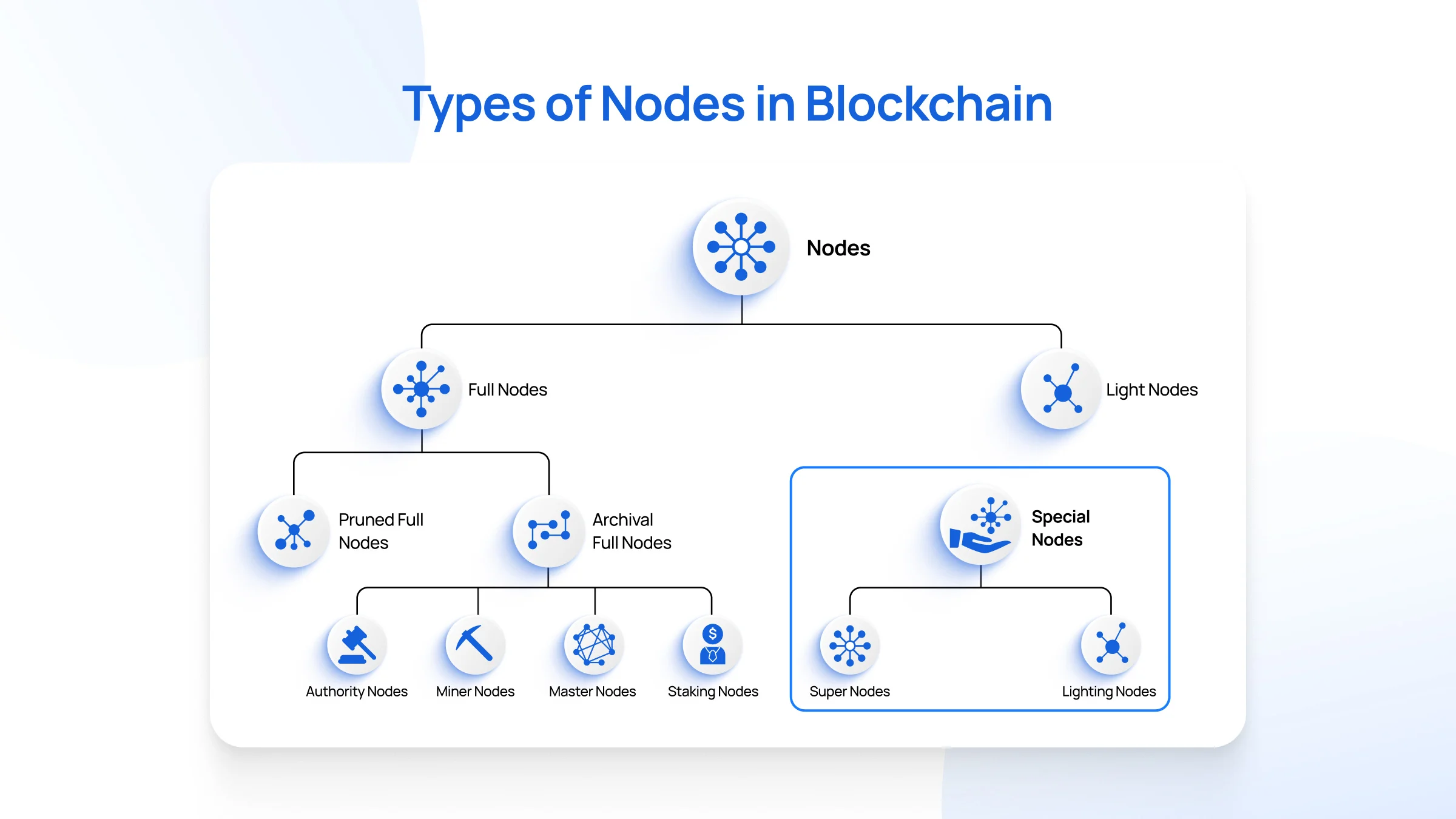Hedera Hashgraph: Complete Details
Hedera Hashgraph is a highly advanced distributed ledger technology (DLT) platform that stands out due to its unique consensus algorithm, Hashgraph. Unlike traditional blockchain systems like Bitcoin or Ethereum, which rely on blockchain structures, Hedera uses a directed acyclic graph (DAG) known as Hashgraph to achieve consensus and maintain the integrity of transactions.
Developed by Leemon Baird and Mance Harmon through Swirlds, Hedera Hashgraph aims to solve some of the most pressing issues in existing blockchain networks such as scalability, security, and transaction speeds. This article provides an in-depth understanding of Hedera Hashgraph, how it works, its features, applications, and advantages over traditional blockchain technologies.
1. Introduction to Hedera Hashgraph
At its core, Hedera Hashgraph is a next-generation distributed ledger technology (DLT) that aims to revolutionize the way we think about decentralized networks. Instead of utilizing blocks, Hedera’s Hashgraph consensus mechanism operates using a gossip protocol and virtual voting to reach consensus on the order of transactions across a decentralized network.
The major advantage of using Hashgraph over traditional blockchain systems is its ability to process transactions at incredibly high speeds while maintaining low costs and high security.
Key Points about Hedera Hashgraph:
- Non-blockchain architecture: Uses Hashgraph (a form of DAG) instead of blockchain.
- Faster transactions: Can process thousands of transactions per second (TPS).
- High security: Achieves consensus without relying on the proof-of-work (PoW) or proof-of-stake (PoS) models.
- Energy-efficient: Less computationally intensive than traditional blockchain systems.
2. How Hedera Hashgraph Works
2.1 The Hashgraph Consensus Algorithm
Hedera’s Hashgraph consensus algorithm is its defining feature. Unlike blockchain’s sequential structure of blocks, Hashgraph uses an acyclic directed graph (DAG) to achieve consensus across the network.
The key components of Hashgraph’s consensus mechanism are:
- Gossip Protocol: This protocol allows each node to “gossip” or share information with other nodes, spreading transaction data across the network. This means that when one node learns about a new transaction, it immediately shares the data with others in the network.
- Virtual Voting: Unlike traditional systems, Hedera uses virtual voting to determine consensus. Nodes do not actually vote; instead, they use their knowledge of past transactions to determine how a transaction would have been voted on. This makes the voting process efficient and much faster.
The resulting speed from this approach allows Hedera Hashgraph to handle thousands of transactions per second, making it one of the fastest distributed ledgers in the world.
2.2 Structure and Components
- Hedera Network: A decentralized platform supporting applications requiring fast, scalable, and secure transactions. It serves as a layer for various decentralized applications (dApps).
- Hedera Consensus Service (HCS): This service allows developers to submit and receive ordered transactions without the need for handling complex consensus algorithms. It provides a high level of integrity for financial systems, supply chain, and many other industries.
- Hedera Token Service (HTS): Hedera’s Token Service provides the ability to issue and manage tokens that can represent any type of asset (e.g., digital currencies, loyalty points, or any tokenized form of value).
2.3 Transaction Process
Each transaction on Hedera is recorded and validated across the network in a very efficient manner. The gossip protocol helps in disseminating transaction data quickly, and virtual voting enables fast consensus without the need for intensive computational work. This process results in reduced transaction finality times (usually under 5 seconds) and a much more scalable solution compared to traditional blockchain.
3. Key Features of Hedera Hashgraph
3.1 Speed and Scalability
Hedera Hashgraph is designed to handle large-scale applications by supporting 10,000+ transactions per second (TPS). This is orders of magnitude higher than other blockchain platforms like Bitcoin (7 TPS) or Ethereum (15-30 TPS). The high throughput is enabled by the combination of the gossip protocol and virtual voting.
The ability to scale efficiently means that Hedera is well-suited for global enterprise applications and large decentralized networks that need to process a massive number of transactions daily.
3.2 Security
Hedera Hashgraph provides Asynchronous Byzantine Fault Tolerance (aBFT), which ensures that the network can withstand attacks from malicious actors and continue to function securely. The aBFT model guarantees that the system remains secure, even if up to one-third of the network’s nodes are compromised.
In addition to this, Hedera’s consensus mechanism prevents Sybil attacks, which are common in traditional blockchain systems. It also eliminates the risks of 51% attacks and provides protection against Denial of Service (DoS) attacks, ensuring a higher level of security and integrity.
3.3 Low Transaction Costs
Unlike Proof of Work (PoW) and Proof of Stake (PoS) systems that require high energy consumption and computing power, Hedera’s efficient consensus model significantly reduces the cost of transactions. As a result, transaction fees on the Hedera network are extremely low, making it ideal for micropayments, real-time transactions, and high-frequency use cases.
3.4 Governance
Hedera is governed by the Hedera Governing Council, a group of global organizations and businesses that manage and control the direction of the network. The council is made up of 39 members, including large multinational companies from industries such as finance, healthcare, and technology. This governance model ensures that Hedera remains accountable, decentralized, and transparent while allowing companies to have a stake in the system’s development.
4. Use Cases and Applications
Hedera Hashgraph is being utilized across a variety of industries due to its speed, scalability, and security. Some of the prominent use cases include:
4.1 Payment Systems and Microtransactions
Hedera can handle high volumes of transactions with minimal fees, making it an excellent solution for payment systems and real-time micropayments. For instance, cross-border payments, remittances, and digital currency applications can benefit from Hedera’s high throughput and low costs.
4.2 Supply Chain Management
The transparent and immutable nature of Hedera Hashgraph allows it to be used effectively for tracking products and materials in the supply chain. With the ability to record each transaction in real-time, it ensures transparency and prevents fraud. Hedera’s scalability allows it to handle the massive data needs of global supply chains.
4.3 Digital Identity and Authentication
Hedera’s decentralized nature is perfect for creating and managing digital identities. The platform provides a secure way to store and manage personal data, allowing individuals to maintain control over their identity while interacting with various services. This use case is essential for industries such as healthcare, finance, and government.
4.4 Decentralized Finance (DeFi)
Hedera provides a robust environment for the creation of decentralized finance applications (DeFi). With its fast transaction speeds and secure infrastructure, Hedera is an excellent platform for building and operating decentralized exchanges (DEX), lending protocols, and stablecoins.
4.5 Smart Contracts
Hedera supports the deployment of smart contracts through its Hedera Smart Contract Service (HSCS). These contracts allow developers to create decentralized applications (dApps) with automated, self-executing agreements. The smart contracts can be used in industries like finance, insurance, real estate, and more.
5. Advantages and Disadvantages of Hedera Hashgraph
Advantages
- Speed: Up to 10,000+ transactions per second.
- Security: Resistant to common attacks (aBFT, 51% attack protection, DoS prevention).
- Scalability: Can handle large-scale enterprise applications and high-frequency transactions.
- Low Cost: Minimal transaction fees, making it suitable for micropayments and real-time payments.
- Governance: Hedera’s governing council ensures accountability and stability in the network’s development.
Disadvantages
- Limited Decentralization: Hedera is governed by a small group of organizations, which may limit its level of decentralization compared to fully decentralized blockchain projects like Bitcoin and Ethereum.
- Adoption: As a relatively new technology, Hedera Hashgraph has to prove itself in the broader blockchain ecosystem and gain more adoption among developers and users.
- Complexity: The Hashgraph consensus mechanism is more complex than traditional blockchain systems, which may deter some developers from adopting the technology.
6. Conclusion
Hedera Hashgraph is a revolutionary distributed ledger technology that offers high performance, security, and scalability. Its unique Hashgraph consensus algorithm allows for faster, more efficient transactions, making it a strong contender for real-world applications in areas such as finance, supply chain management, and decentralized finance (DeFi).
Despite its advantages, Hedera still faces challenges related to decentralization and widespread adoption. However, with its solid governance model, strong security features, and growing use cases, Hedera Hashgraph is poised to play a significant role in the future of decentralized technologies.




